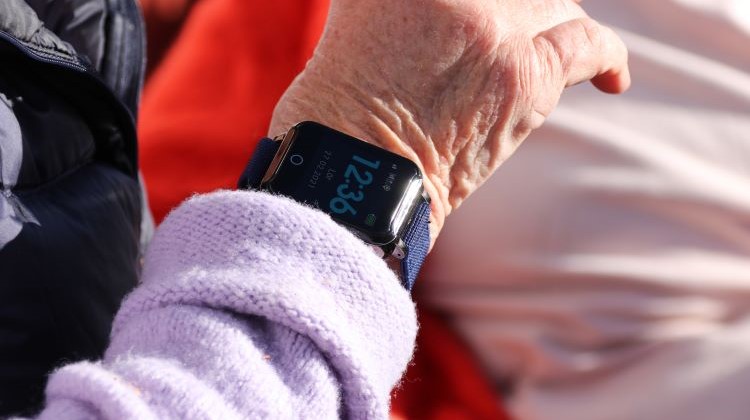What Does the Progression of Alzheimer’s Disease Look Like?
Alzheimer’s disease develops gradually and affects memory, thinking, and behavior. The progression can be divided into different stages, which vary from person to person, but there are general patterns that offer insight into how the disease typically advances.
Early Stages: Mild Cognitive Impairment
In the early stages of Alzheimer’s, symptoms are often subtle and may be mistaken for normal aging. The person may experience mild memory problems, such as forgetting recently learned information or missing important dates. However, daily life is not significantly affected during this stage, and many people can still live independently.
Middle Stages: Moderate Alzheimer’s
During the middle stage, symptoms become more noticeable and begin to interfere with the person’s ability to function in daily life. Memory loss becomes more pronounced and may include important events, names of family members, or how to complete simple tasks. Personality changes may also occur, such as irritability, anxiety, or confusion. It becomes harder to stay organized, and many people will need assistance with household chores and personal care.
Late Stages: Severe Alzheimer’s
In the later stages, the person loses the ability to communicate effectively and requires help with almost all aspects of daily living. Recognizing loved ones becomes difficult, and physical health may deteriorate due to an inability to move or eat independently. During this stage, 24-hour care is often necessary.
Final Stage of the Disease
In the final stage of Alzheimer’s, the individual often loses all ability to care for themselves and becomes bedridden. Alzheimer’s not only affects the brain but also the body’s ability to function. Most people die from complications such as pneumonia or other infections, rather than the disease itself.
Sensorem’s safety alarm has GPS positioning, medication reminders and automatic fall alarm
Sensorem’s personal alarm is an example of a technical aid specially developed for people with dementia. The personal alarm works outdoors and has built-in GPS positioning so that relatives can see the user’s position on a map in the Sensorem app. Relatives are automatically called by the personal alarm (two-way communication) if the user leaves a predetermined geographical area. The personal alarm also has medication reminders, which means that the watch emits a sound and tells the user that it is time to take their medication. The personal alarm can also alert automatically in the event of a fall with the built-in fall sensor.
READ ABOUT HOW SENSOREMS PERSONAL ALARM CAN HELP WITH DEMENTIA

